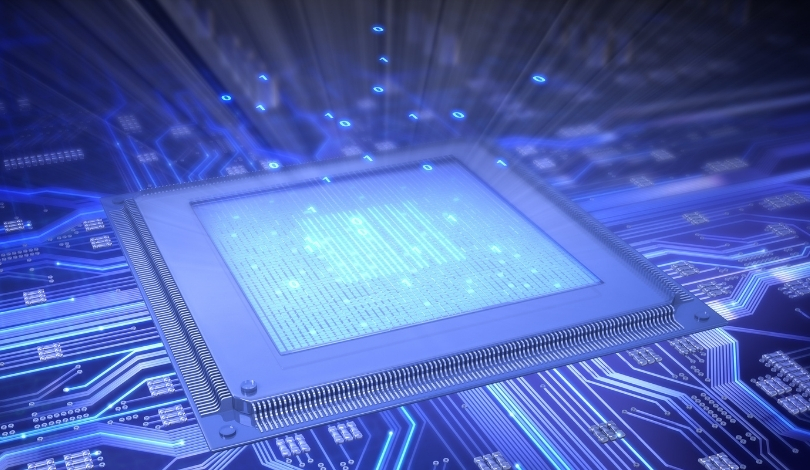Apple has officially introduced the Apple M5, the latest addition to its silicon lineup, prompting both anticipation and skepticism among tech followers. Many users expected a notable leap from the new hardware, but early impressions suggest incremental changes over its predecessor, the Apple M4. The unveiling aims to address performance and efficiency challenges as the company continues its transition away from Intel-based chips. Apple signals its commitment to steady annual upgrades, yet some are left questioning whether the M5 brings significant advantages to warrant immediate upgrades. For those weighing value against novelty, the timing and extent of this launch have invited fresh debate within the Apple user community.
Looking at prior coverage of Apple’s chip launches, the company typically emphasized performance milestones and efficiency improvements. While last year’s M4 was well received for offering tangible boosts in graphics and CPU speeds, analysts pointed out that users with M2 or earlier chips saw clear benefits from upgrading. By contrast, the Apple M5 launch arrives in a market less eager for modest bump-ups in processing capability, with many observers noting the chip’s updates primarily refine rather than redefine the Mac experience. Release cycles, once measured in multi-year intervals, are now annual, often resulting in smaller jumps between iterations and sparking more cautious responses from those seeking pronounced innovation.
What Sets the Apple M5 Apart from Previous Chips?
The M5 aims to enhance energy efficiency and deliver slight improvements in processing speeds compared to the M4. Apple promotes the chip’s improved neural engine for AI-related tasks and a streamlined architecture intended to extend battery life. A company representative stated,
“Apple M5 brings more responsive AI workloads and better thermal performance to our devices.”
This messaging underscores a continued focus on efficiency, but benchmarks reveal only marginal differences from previous models, especially notable to power users.
Does the M5 Offer Value to Current Mac Users?
For users of the M4, the upgrade to M5 may not present compelling reasons to switch. Performance improvements are more noticeable when upgrading from M2 or earlier generations, yet the leap from M4 is less persuasive. Apple acknowledged this, with a spokesperson noting,
“Our iterative approach prioritizes reliability and incremental advancement for all users.”
The company appears to target those with older hardware, as new adopters will benefit most from the gains offered by the M5.
Will the M5 Influence Apple’s Broader Product Strategy?
Apple is expected to incorporate the M5 into updated MacBook and iMac models later this year, reinforcing its silicon transition across product lines. Observers predict continued annual updates, yet question whether these smaller upgrades will resonate with consumers as strongly over time. The M5’s release marks another step in the company’s commitment to in-house processing technology, but signals a cautious phase rather than an aggressive push for rapid transformation.
Apple’s direction with the M5 appears to reflect a strategy of steadiness over splashy innovation. For consumers, the shift means considering upgrades primarily when skipping multiple generations, rather than with every annual release. Understanding that the M5’s improvements focus on energy efficiency and minor AI enhancements allows users to make informed choices about upgrading. As chip technology matures and performance gains slow, buyers may want to prioritize tangible needs—such as needing longer battery life or enhanced AI workloads—before making a purchase. For those with devices running the M4 or even late-model M-series chips, waiting for a more substantial update could provide greater value.










